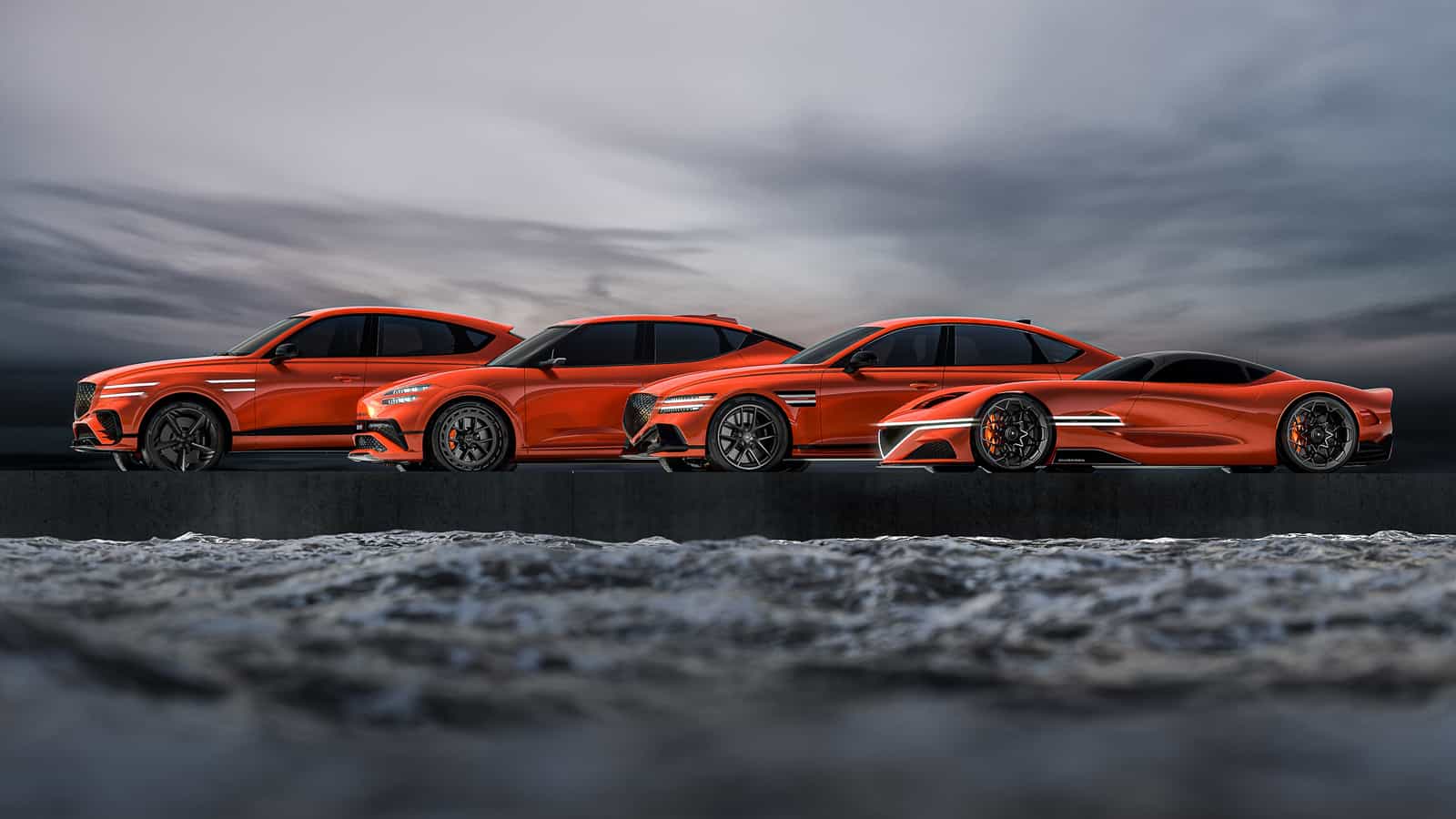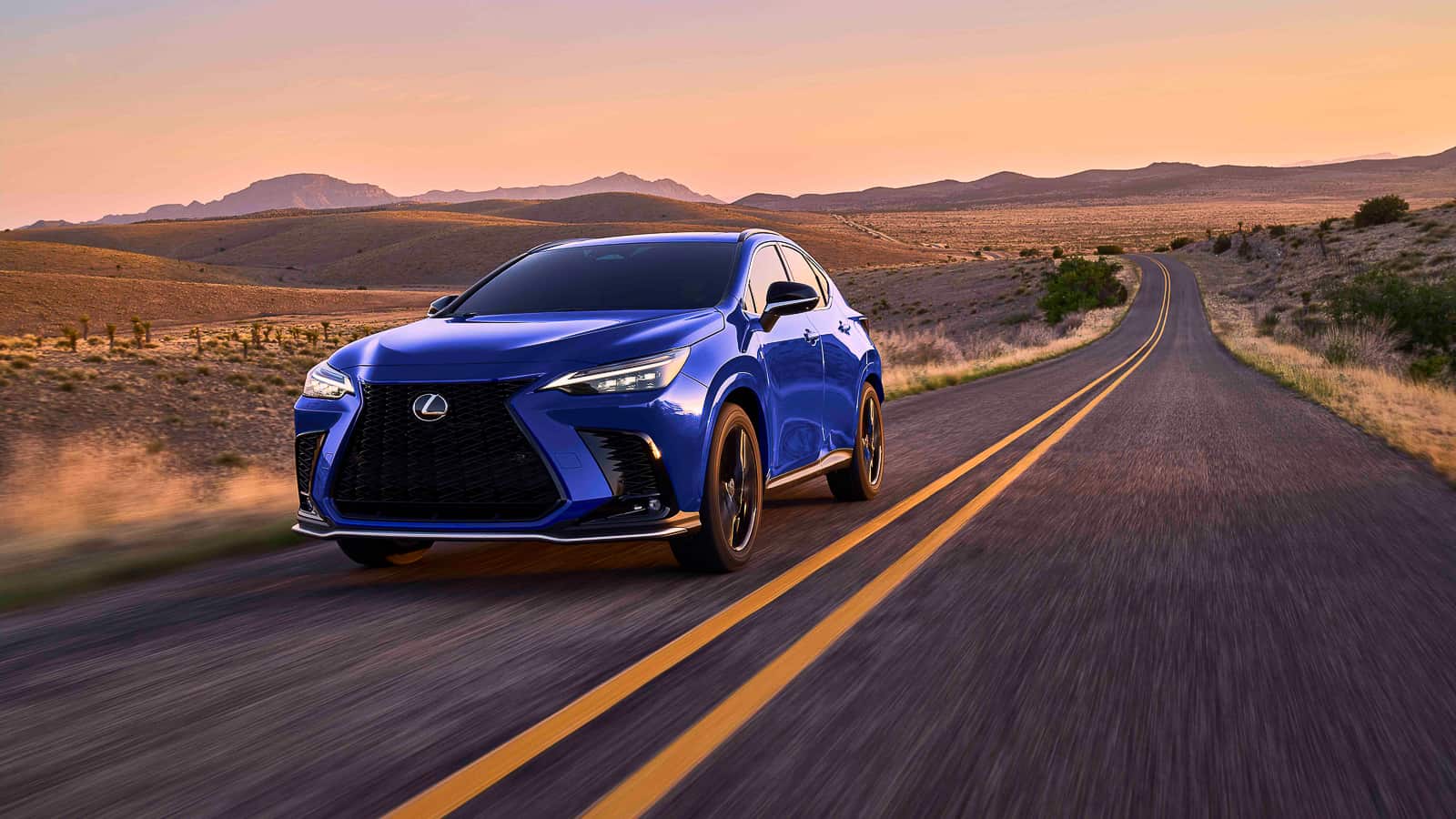Whenever summer storms hit and waters rise, EV critics say you can’t drive one in high water. Well, we know better!
This past weekend, we shared a video of a new Rivian R1T owner who seemed just bent on drowning their new electric pickup at an Idaho boat launch, but it didn’t go down that way. The truck powered through the more than 3′ of water — while still towing the boat and trailer! — like it wasn’t even there. You can check out the article here, but the really interesting thing about this story wasn’t the video, itself … it was all the comments from people who didn’t know you could drive an EV in water.
Where Did the Myth Come From?
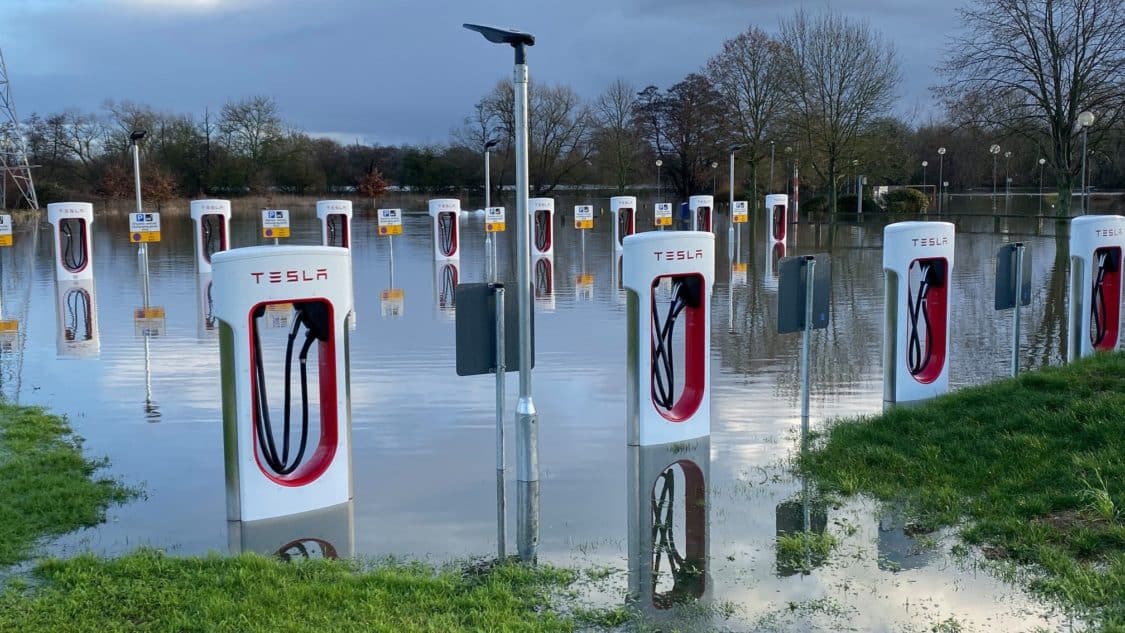
You’ve probably seen the image above (or one like it). It comes from a 2020 Reddit thread and features a number of Tesla Superchargers that had been installed in a floodplain in Wokingham, UK. These pictures sparked (sorry) a lot of conversation online, with plenty of toaster-in-the-bath tub type comments offered in a half joking, half, “Am I gonna die!?” sort of sentiment.
That’s understandable. People want to feel safe — and the ability to “fuel up” in the wet is critically important to widespread EV adoption.
Over at Autotrader.com, they interviewed Jonathon Ratliff, senior manager of Nissan North America’s zero emission technology development at Nissan’s technical center in Farmington Hills, Michigan. “Absolutely, it’s safe to charge in nearly any weather condition,” he says. “That’s because electric vehicles are purposefully engineered to withstand rain and water intrusion, not to mention pesky dust particles that could wreak havoc on an electric system.”
A quick click or two to the Consumer Protection Safety Commission (CPSC) website will also reveal that, “federal law requires manufacturers to test many consumer products for compliance with consumer product safety requirements. Electric shock is among them.” And, if you want to dig deeper, you can read this 2017 rule written by the National Highway Traffic Safety Administration (NHTSA) titled, “Federal Motor Vehicle Safety Standards; Electric-Powered Vehicles: Electrolyte Spillage and Electrical Shock Protection,” but be warned: it’s not exactly a page-turner.
Finally, you should consider that engineers are smart. Yes, even smarter than us, and (as we’ve written, elsewhere), “there is zero chance the engineers who installed those chargers (above) haven’t thought through this exact scenario at least a half-dozen times, and built in any number of fail-safe and ground fault protection measures in the process. If there’s a short caused by the water, the most likely scenario is that the chargers shuts itself off until the flood is over,” so you might not be able to charge if you’re dealing with wide-scale flooding, but you won’t get a few thousand volts jammed through your body, either.
About that Lotus Submarine
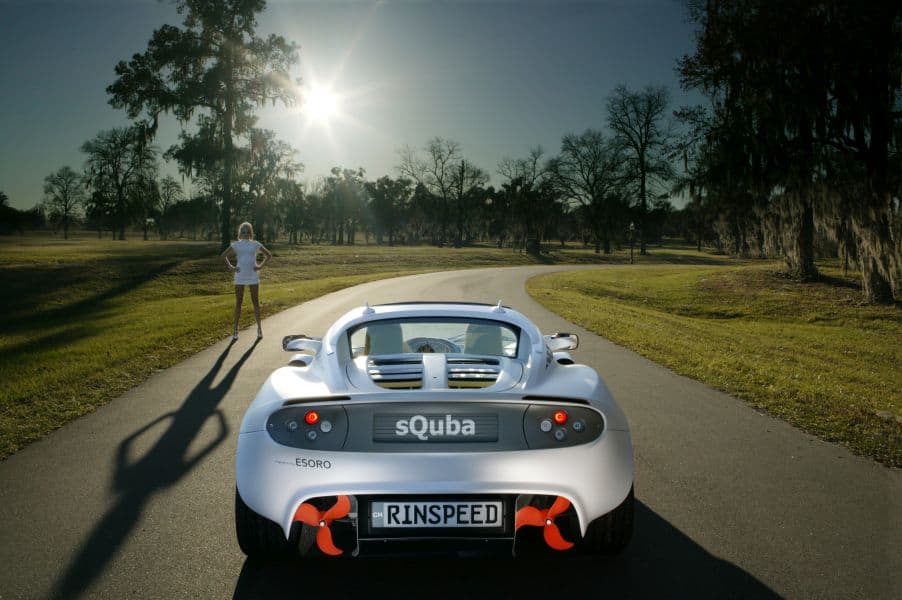
You’re not hallucinating. That is a real, honest-to-goodness, all-electric Lotus Elan built by Swiss tuning firm Rinspeed and launched outside of West Palm Beach, FL back in 2008, while yours truly was still helping build go-fast Mercedes at RENNtech.
Inspired by the famous underwater Esprit in the classic James Bond movie, “The Spy Who Loved Me,” this one-off submarine actually did the thing, thanks to some mechanical propellers and a little help from our Electrify Expo buddies at SeaBob.
“With the ‘sQuba,’ the world’s first real submersible car, the movie fake now becomes reality for visitors of the Geneva Motor Show (March, 2008),” reads the original, fourteen year old press release. “Rinspeed boss Frank M. Rinderknecht is known for his extraordinary automotive creations. The acknowledged James Bond enthusiast and Swiss automobile visionary kept revisiting this scene in his mind over and over: ‘For three decades, I have tried to imagine how it might be possible to build a car that can fly under water. Now we have made this dream come true.'”
“And it is this submerged stabile flight at a depth of 10 meters that sets the ‘sQuba’ apart from military vehicles. While the latter can go under water, they are limited to driving slowly over the submerged ground. Rinderknecht: ‘It is undoubtedly not an easy task to make a car watertight and pressure resistant enough to be maneuverable under water. The real challenge however was to create a submersible car that moves like a fish in water.'”
You can check out a few more pictures of the sQuba, below, then let us know what you think of this submersible sportscar — and any other myths you may have heard about electric cars and water — in the comments section at the bottom of the page.
Rinspeed sQuba Photo Gallery
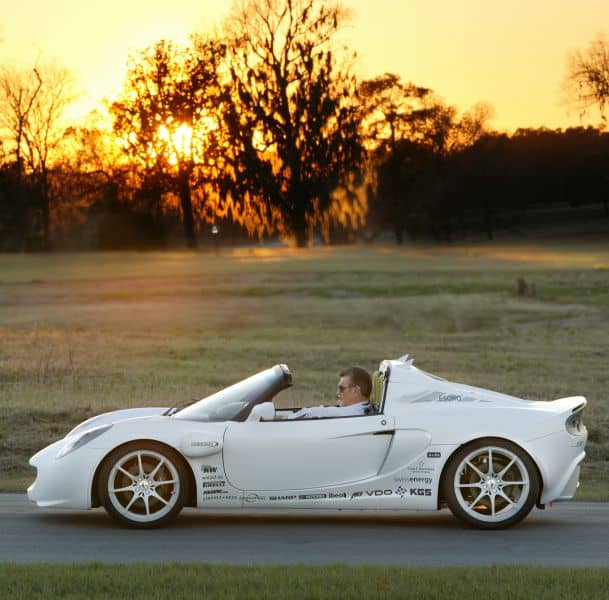


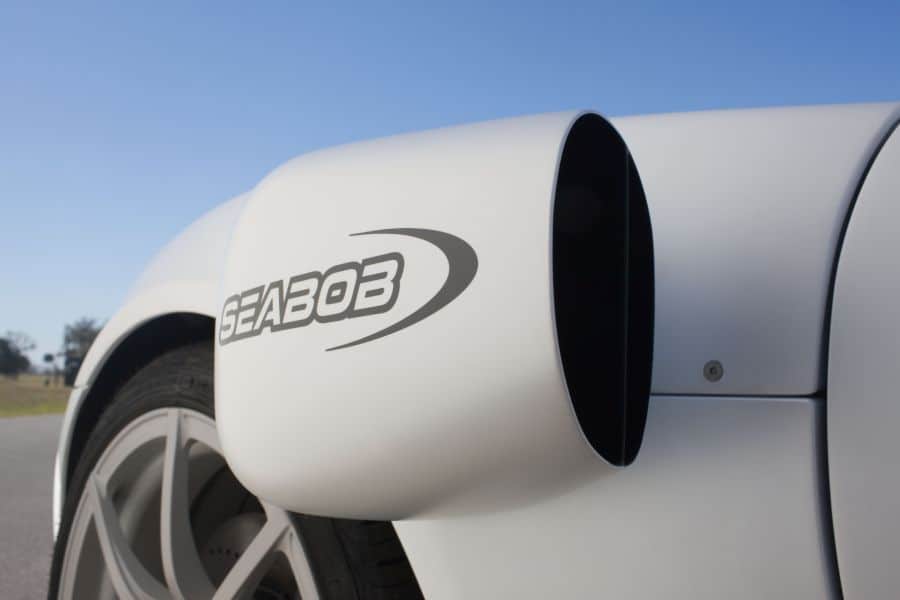

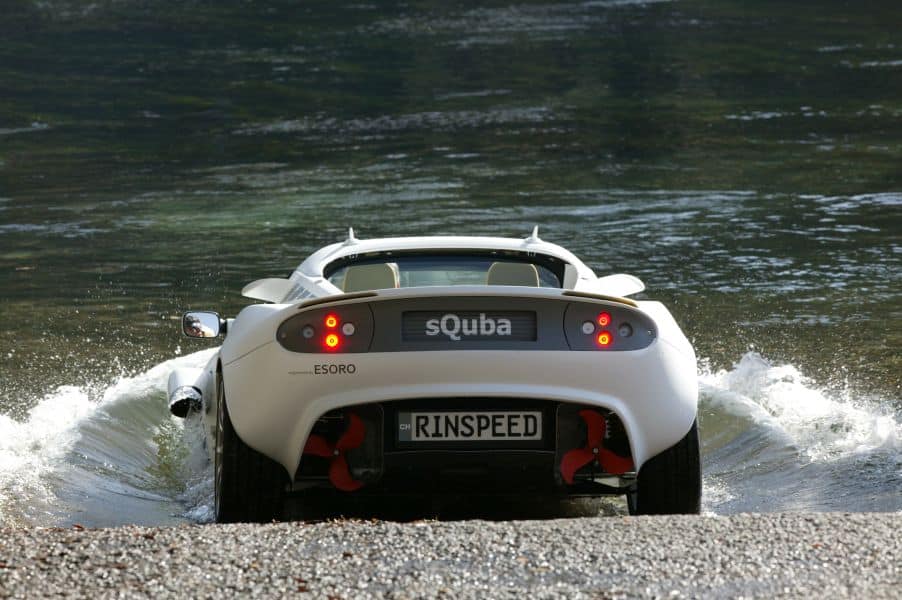

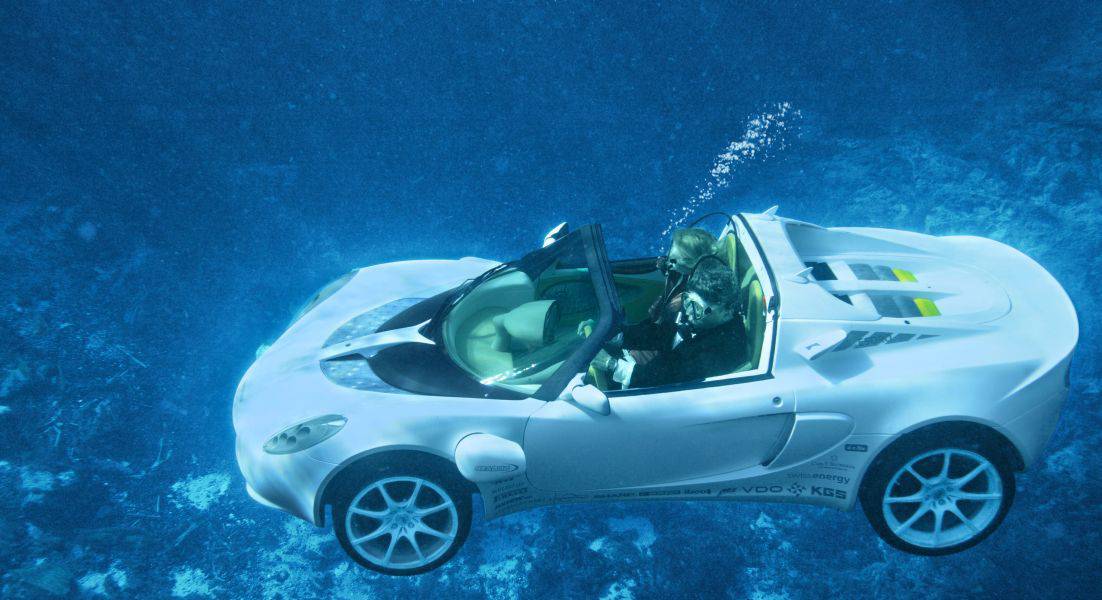

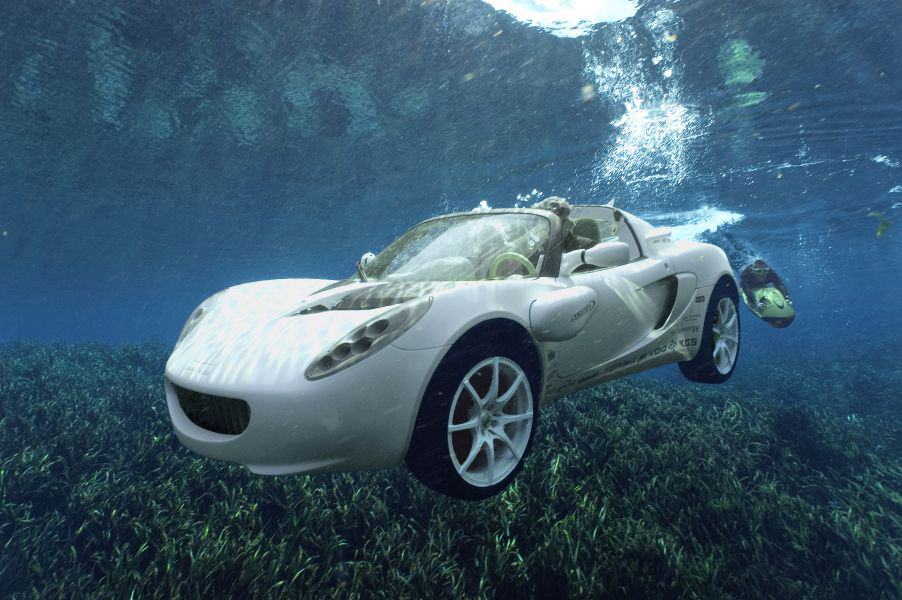
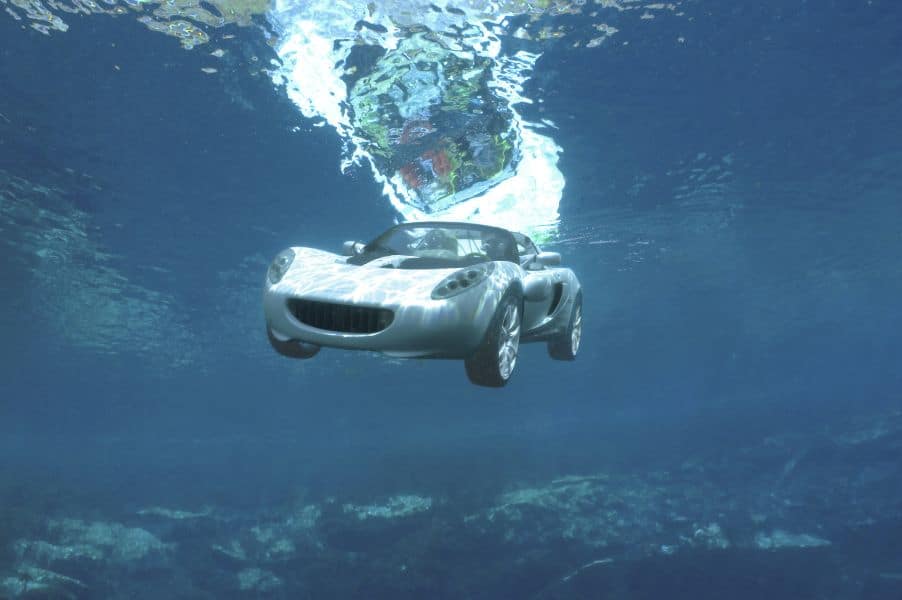
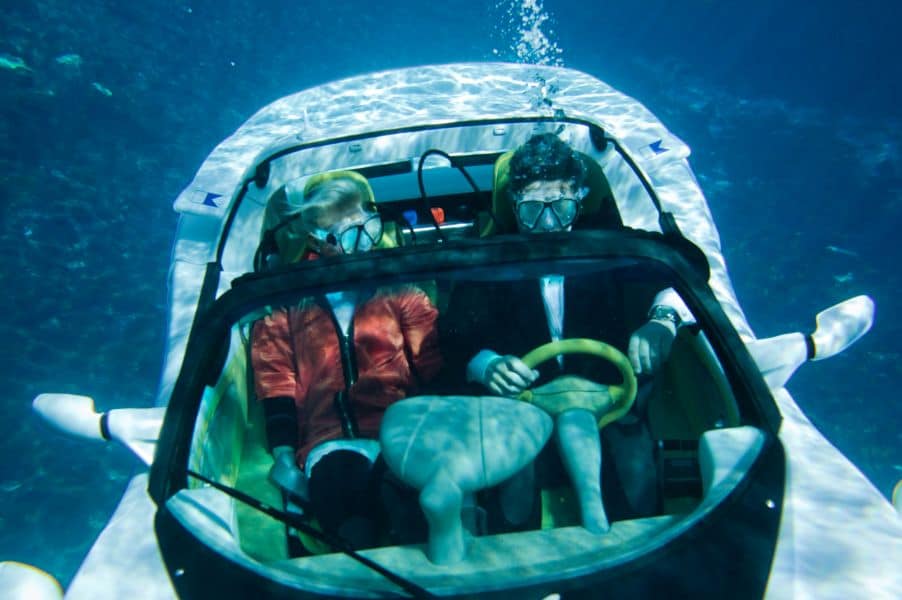

ORIGINAL CONTENT FROM ELECTRIFY NEWS.

























